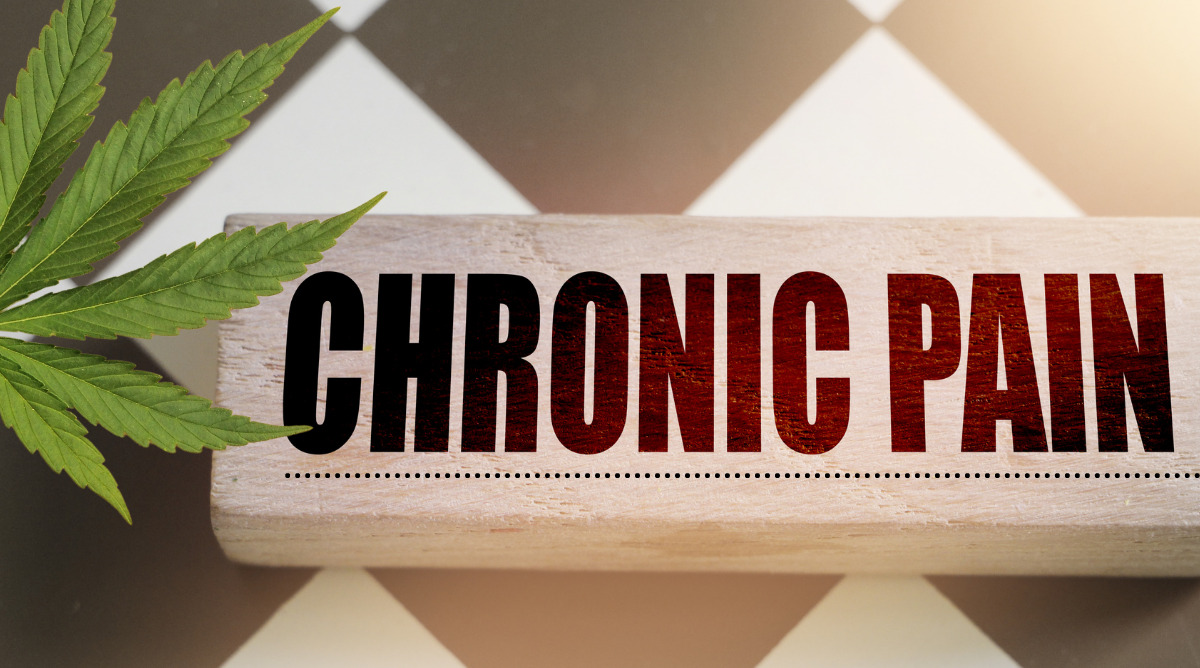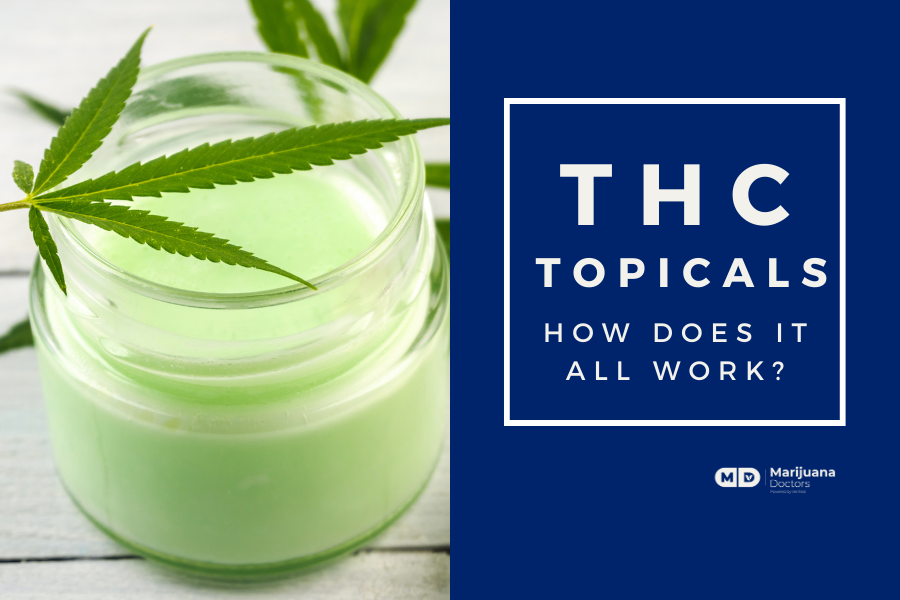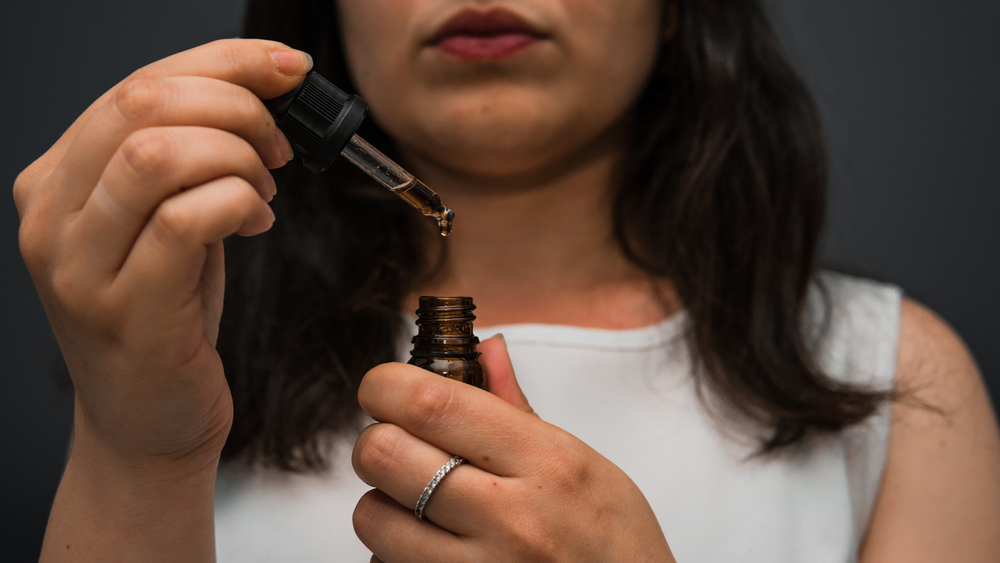The medical community only recently recognized fibromyalgia as a legitimate chronic pain symptom. Imagine being a patient with severe and debilitating chronic pain and being told it is “just in your head.”
Finding proof of chronic pain can be difficult. In fact, with neuropathic pain, the source is the nervous system. Physicians can’t pinpoint the origins of neuropathic pain because it travels throughout the body. And patients also can’t predict when and where chronic pain will strike.
On our community portal, MarijuanaDoctors.com, we talk to patients who have chronic pain every day. For some of them, it has taken years before they found a practitioner that could help them. Someone who understood chronic pain was real. And a physician who would work to find solutions to make chronic pain symptoms more bearable for their patient.
We have referred over one-million patients to physicians in the United States for medical card health evaluations. And chronic pain is, by far, the most common symptom and diagnosis. This is why it is a qualifying health condition in almost every legalized state.
But there are still some states and communities that do not recognize chronic pain as a health condition. And they may believe the myths surrounding chronic pain instead. Here are seven of the most common myths about chronic pain.
Myth #1: Chronic Pain is Imagined
As someone who lives with chronic pain, I understand how frustrating it can be. Not only to live with chronic pain because it is, well, painful and unpredictable. But also because people who have never experienced chronic pain don’t understand it.
On many occasions, I have had to explain what diabetic neuropathy feels like. For me, and the record, imagine a thousand stinging fire ants on your toes and the bottoms of your feet. Ouch is an understatement. Ever stopped in the middle of a farmer’s market and pulled your shoes off to massage your feet? I have. And I can still feel the stares.
Patients don’t imagine chronic pain. It is an ever-present part of your life. And it directs your day, whether you like it or not. Chronic pain determines how long you can go shopping, what kind of athletic activities you can manage, and even the kind of job you can do.
Without effective symptom management, you don’t control chronic pain; it controls you. And you never know what kind of day it’s going to be on the pain scale of mild to severe. It could be a good day, with little pain where you feel almost normal. And then, you have a day where walking the dog is a challenge.
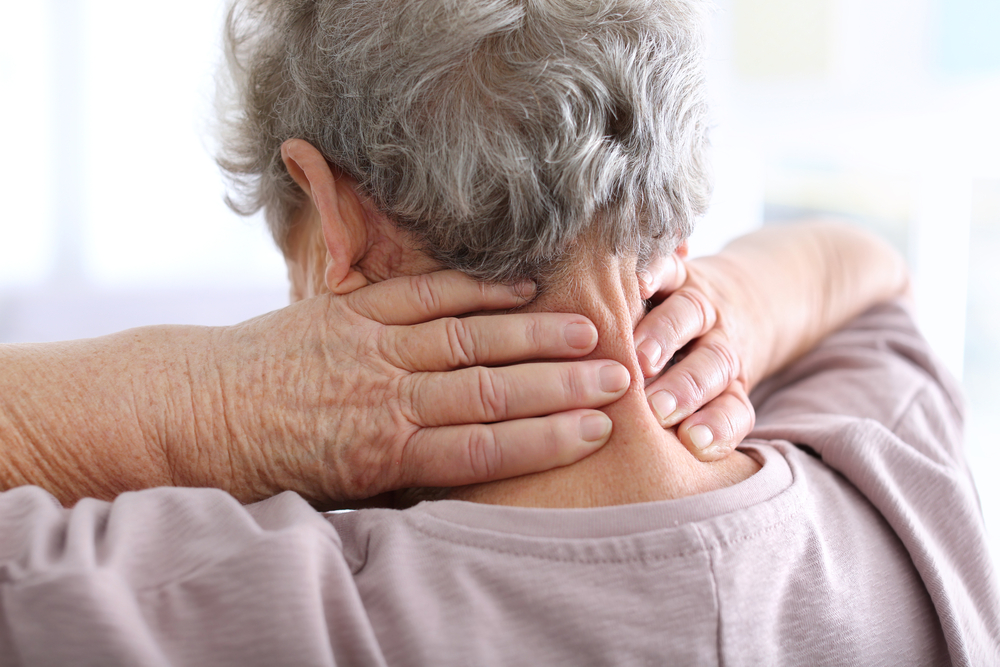
Myth #2: Chronic Pain Will Eventually Go Away
By definition, if chronic pain goes away, it is no longer chronic pain. But it can sometimes happen for patients. For example, a patient may lose weight and find that the symptoms of rheumatoid arthritis improve. Or, in some cases, completely resolved.
Patients that are undergoing chemotherapy may experience severe pain. But once their treatments are concluded, they can start to feel a lot better. It depends on the severity of cancer and which treatments the patient receives.
There are five different types of chronic pain that patients with cancer can experience:
- Nerve pain
- Bone pain
- Soft tissue pain
- Referred pain
- Phantom pain
Remember when we said that chronic pain was not all in your head? The only exception to that rule is phantom pain. And that applies to anyone who has had a surgical amputation. The pain is still very real. And it can range from mild to moderate or severe on a pain scale or patient inventory (rating system).
Neurologists and psychologists don’t understand it completely, but the brain is a supercomputer aware of the amputation. And sometimes, the brain can trigger painful nerve reactions at the site of the amputation. Or pain that feels like it originates from a limb or body part that is no longer there.
Myth #3: Doctors Can’t Really Diagnose Chronic Pain
Yes, they actually can. Whether you visit a physician or stay in a hospital for emergency care, you will be asked to rate your pain. There are different scales, but the most common one used in the United States is the Wong-Baker Faces Pain Scale©. And that is because it’s easy to use; point at the face that resembles how you feel.
Of course, there are a lot of other pain scales. And physicians will use one that they believe provides the most accurate measurement of pain. The thing to remember about chronic pain is that while it is persistent, it varies with intensity. It may be manageable with Advil and some topical creams and completely debilitating the next day.
Doctors can and do diagnose chronic pain. And many patients that have a medical card may have different potencies of cannabis to manage symptoms ranging from mild to severe. On days where the pain is moderate to severe, cannabis concentrates may help.
Myth #4: Patients Must Get Impaired to Relieve Pain Symptoms
Every patient that applies for a medical card just wants to get high? Nope. But you can guess where that myth originates from. Those folks that want to keep medical marijuana from being legalized. Or fighting against expansion to include more qualifying health conditions for compassionate care.
The objective of using medical cannabis for chronic pain is to make the pain more manageable. Sometimes that means lowering the pain level from a 9 to a 2 on a discomfort scale. Totally getting rid of pain may be possible, but not many people want to lose functionality. They have a life, a job, family, friends, and more.
Patients with chronic pain are, on average, not looking to get blitzed or dysfunctionally high. Instead, they want to strike the sweet spot of pain relief without feeling numbed or dumbed down so that they can have a normal day. Like they would if they didn’t suffer from chronic pain.
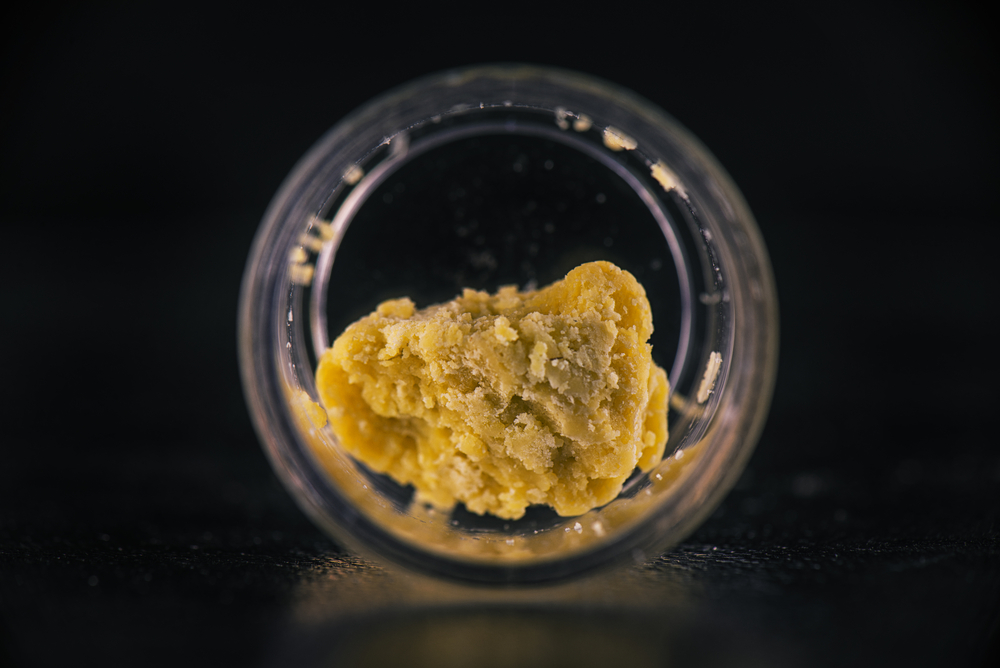
Myth #5: Only High-Potency Cannabis Works for Chronic Pain
Tolerance plays a factor in the choice of potency for medical cannabis. And so do other criteria. For instance, if you have been self-medicating with cannabis for years, you may need a more potent strain to get the results you want. But if you are new to using medical marijuana, a little puff on a vape or half an edible gummy might do the trick.
According to some clinical studies, males get “the munchies” more often than women. But women are more sensitive to cannabis. So, less medical marijuana is typically needed for female patients to help manage chronic pain symptoms.
In some states, the highest potency of cannabis strains and products is not available at dispensaries. There may be a potency cap in the state where you reside. But for patients in hospice care for a terminal illness, higher potency cannabis may be provided.
Most marijuana doctors and budtenders at the dispensary will suggest trying lower potency cannabis to start. That way, as a patient with chronic pain, you can level up incrementally until you find the right potency for your wellness goals.
Myth #6: People with a Medical Card Go to Work High
If you just got your medical card, and you haven’t been using cannabis frequently, you are going to want to ease into it. That means taking small doses and experimenting with quantity to help you achieve the symptom relief that you want.
What you don’t want to do is take some cannabis before you head to work. First of all, drivers who operate a vehicle impaired face some very harsh legal penalties. And no tolerance. Driving stoned is the same as driving drunk to law enforcement and just as dangerous. You could get hurt. Other people could get hurt. You could go to jail. Don’t do it.
How do you feel when you take your medical marijuana at home? Relaxed? Maybe a little cognitively slower (depending on the strain of cannabis you choose). Remember those times you spent thirty minutes looking for the remote, and it was already in your hand? That.
And people do know that. With the exception of a few states that are making labor law reforms for patients, using cannabis at work is a bad idea. And in most organizations, being impaired at work is grounds for dismissal, even while other large organizations like Amazon have stated that they will not test for cannabis use. As long as employees are using it legally and after hours.
People may like the idea of going to work high, but they prefer to avoid getting sniffed out by the office Karen.
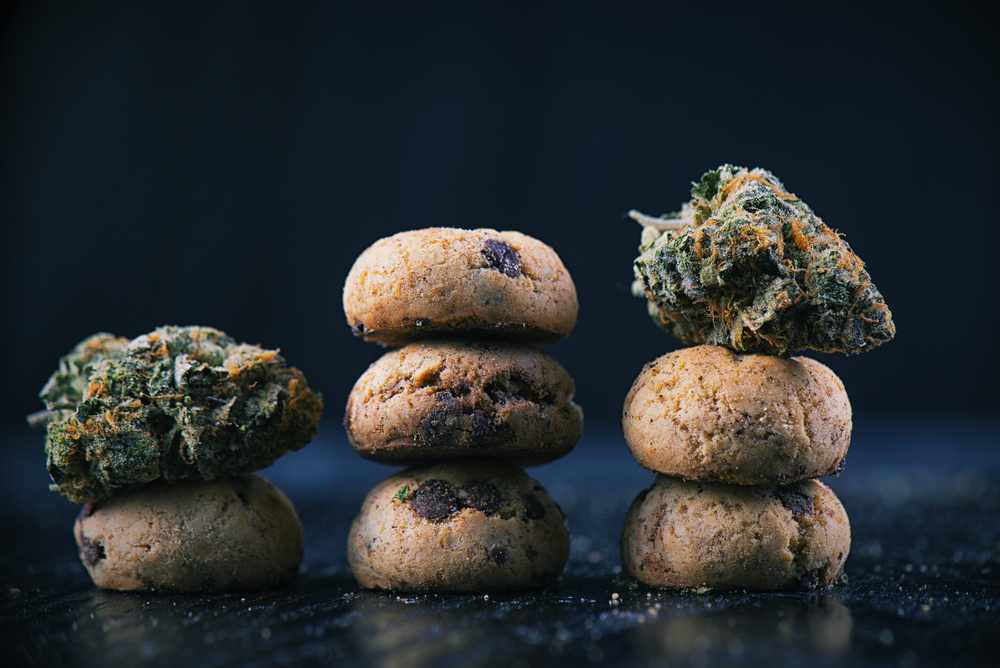
Myth #7: Patients with a Medical Card Prefer to Smoke Cannabis
Smokers typically like to smoke cannabis. If you are now a tobacco user or have been in the past, you may prefer dry herb instead of other options. But many people choose smokable cannabis because it is less expensive.
There are a lot of disadvantages to using smokable cannabis. First of all, the smell. You can light all the candles you want and spray down your sofa or curtains before your Mom arrives. Your house is still going to smell like weed. And so will your clothes, your hair, and possibly your cat.
You may be using cannabis legally in an adult-use state or with a medical card. But do you really feel like having that awkward conversation anytime someone says they smell weed? Probably not. And smokable cannabis isn’t that convenient. Dry herb vapes are making it a little easier, but if you go the classic route with a bong, it’s a lot of work to keep it hygienic.
No. That’s not resin, that’s cooties in your pipe, and they can make you really sick. You should be cleaning your bong at least every three days. Purists clean their glassware daily by hand. And it’s no fun.
Covid-19 made inhaling stuff a little more worrisome. That is why edible cannabis products saw the largest sales growth in 2020, according to MJBizDaily®. Edibles include everything from breakfast bars to teas, cold brews, candies, lozenges, and gummies. In seven of the largest cannabis markets, sales of edibles rose 60%.
Now you have the down-low on using medicinal cannabis when you have a cold or flu. And one of the best and easiest ways to use medical marijuana when you are fighting off a bacterial or viral infection is for sleep. Cannabis may help you get a deeper restorative sleep (without waking up because of your symptoms) to help you recover from a cold or flu faster.
Featured Image: Canva

